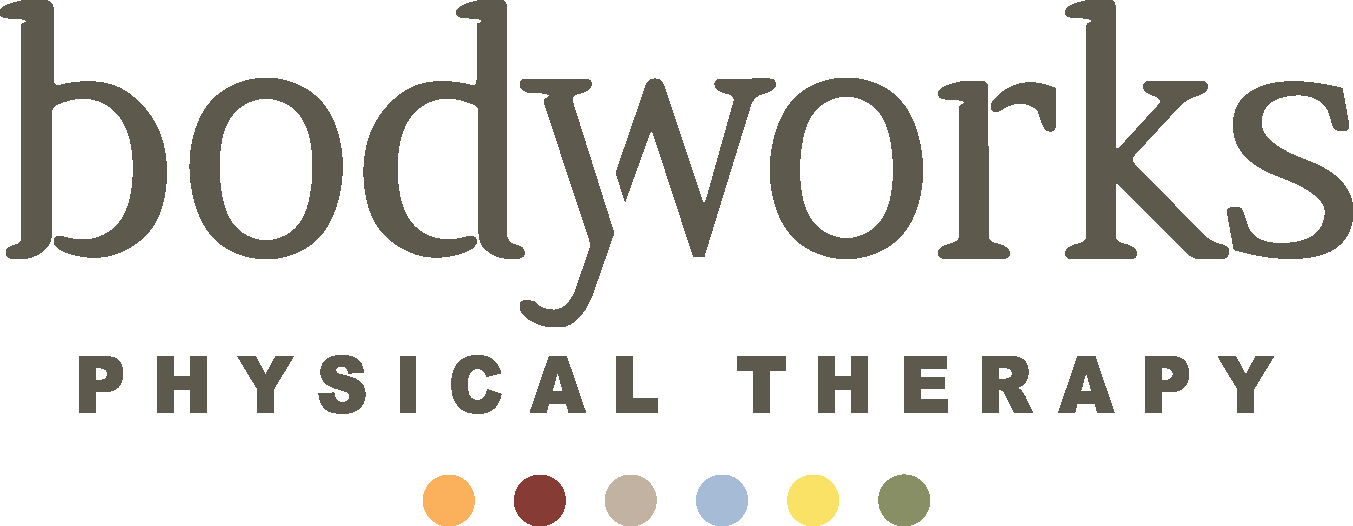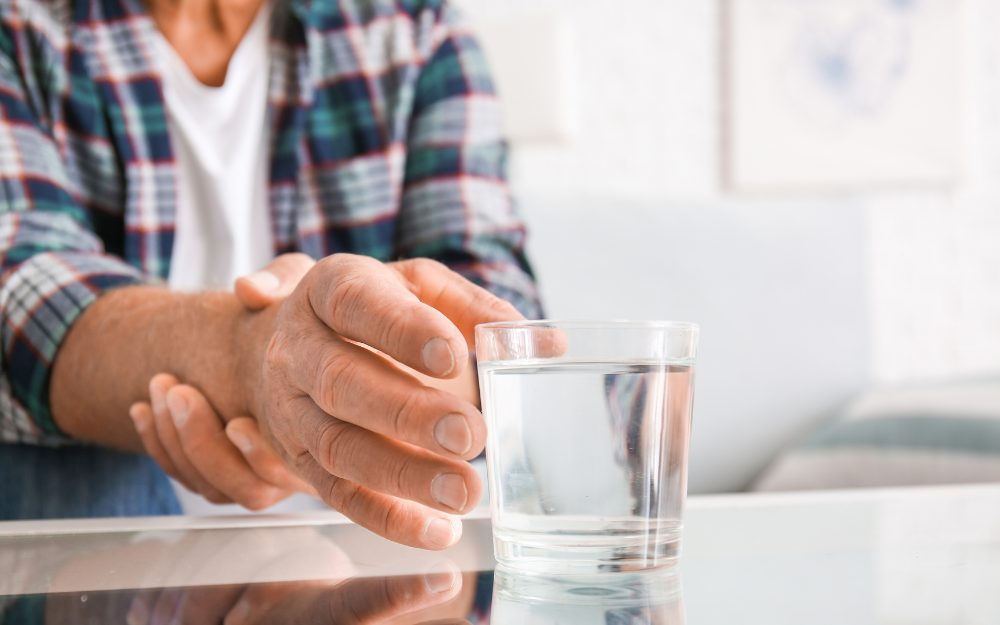What is Parkinson’s Disease?
Parkinson’s Disease (PD) is a neurologic condition that affects a person’s ability to move. It is the second most common age-related neurodegenerative disorder after Alzheimer’s disease and has a prevalence of nearly 1 million people in the US, with an additional 90,000 diagnosed each year.
Symptoms typically develop gradually over time. Due to the variability in presentation and progression of Parkinson’s Disease, presence of the disease tends to precede a formal diagnosis. While there is no cure for the disease process, extensive research is being conducted exploring various genetic and environmental components.
Due to the complex nature of the disease process, it can be difficult to identify if you or a loved one has Parkinson’s Disease. Below a list of early signs that can be associated with Parkinson’s Disease. No single trait means you should worry, but if you notice more than one of these symptoms, you should consider talking to your doctor.
Early Symptoms of Parkinson’s Disease
- Tremors: Shaking in your hand, finger, or chin at rest
- Small Handwriting: Letter sizes may be smaller, or words may become crowded together
- Loss of Smell: Noticing a gradual decline in your ability to smell certain foods
- Difficulty Sleeping: Excessive thrashing or sudden movements during deep sleep
- Trouble Moving or Walking: Stiffness or slowness in your arms/legs, reduced/absent arm swing
- Falls: Falling more frequently, falls are not a normal part of aging
- Constipation: Consistent difficulty moving your bowels
- Low or Soft Voice: Consistently being told to speak louder by family/friends
- Masked Face: Reduced display of facial emotion
- Dizziness or Fainting: Do you often feel dizzy upon standing? This can be a sign of low blood pressure and can be linked to Parkinson’s Disease.
- Stooped or Hunched Posture: Tending to stoop, slouch, or lean forward while you stand
Treatment Options for Parkinson’s Disease
As mentioned above, there is no cure for Parkinson’s Disease, however there are several treatment options that can improve overall quality of life and independence. A doctor will likely start with medication(s) aimed to reduce symptoms and improve ability to move with greater ease.
In addition to medication, movement and exercise is crucial component for individuals with Parkinson’s Disease. One recent study found that increasing physical activity to at least 2.5 hours per week can slow the decline in quality of life. Other research suggests that physical therapy can both improve and slow the progression of PD.
Physical therapy treatments such as LSVT BIG are designed specifically for individuals with Parkinson’s Disease. Each program provides one-on-one individualized treatment specific to your symptoms, abilities, and goals. Consistent participation in these programs can promote neurologic changes, helping individuals “recalibrate” their movements to move bigger and better in daily life.
Will Parkinson’s Disease Treatment Be Covered By Insurance?
Medicare underwent policy changes in 2018, which greatly improved access and coverage for individuals with PD, allowing long term management of their condition without denial of coverage for necessary therapeutic intervention. If you have Medicare coverage, all you need to do to start physical therapy is get orders from your doctor.
How To Get Started with Parkinson’s Treatment
If you or a loved one has been diagnosed with Parkinson’s Disease, it’s important to seek treatment early! Take charge of your health and independence by participating in treatments that are proven to work. See how physical therapy can help you reach your goals by contacting Bodyworks with any questions!

